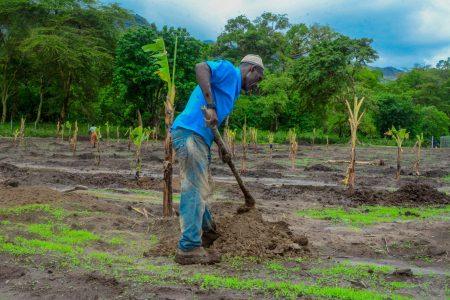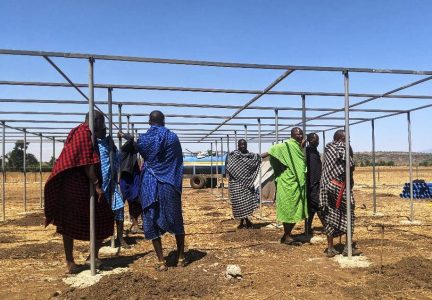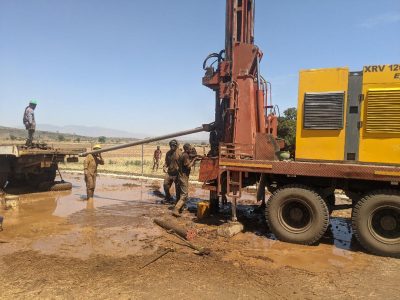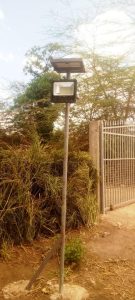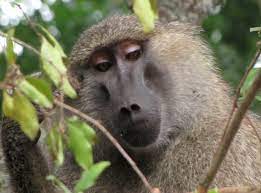In August, 2023 the international Collaborative announced a new demonstration farm project in Selela. We’ve named it the “Smart Farm.” Along with our work with livestock, it is an important component of our focus on climate change adaptation.
Freedom of thought founded on practice
A while back, we started working with Maasai herders to develop and demonstrate creative ways to manage cattle. We aimed to demonstrate ways to eliminate the herders’ complete dependence on open grazing, which exposed them to the most serious impacts of drought.
We built a cattle fodder supplement factory, a feedlot, and established a hay farm. We have welcomed visitors to learn how the three work together, and held workshops and trainings sometimes in collaboration with The Nature Conservancy. Herders keep the special cattle whose sales value must be maintained through dry periods at our feedlot. Freedom of thought founded on practice, not just words, is our program.
Rain-dependent farming
And then we opened our eyes to the other severe climate change impact that we had to confront: rain-dependent farming. Severe drought has become more frequent and severe. Rain-based economies are in a very difficult position. To have a stable economy focused on livestock or agriculture, there must be weather stability, including reliable rainfall. So here in the world of the rural people so heavily dependent on rain and predictable weather, we began to think about how our resources and freedom to think in new ways could help the people cope with this future.
As with grazing, the problem is too widespread for the International Collaborative to bring a solution to each farmer, but we can again create and demonstrate new ways to farm successfully, in the face of climate change.
And we have started! With the creation of the new International Collaborative Smart Farm, we are exploring and demonstrating ways to adapt to climate change and lessen dependence on the undependable.
Solar-powered pumping
The Smart Farm tests investment advisability for Maasai farmers. There is no question that climate change is threatening the success of farming in the Rift Valley and nearby areas. Depending on rain alone is not likely to work out in the future
But where is the water to come from, especially in times of drought? Solar-powered pumping of groundwater requires a significant investment. We hope to be able to show that reliable water, and the possibility of several rain-independent crops a year, will make this a practical investment. If we can return the investment within the first few years of operation, it will demonstrate the soundness of this idea.
Spreading the message
Surrounding communities are already noticing the Smart Farm. As we share these explorations with the local people, we will learn from them and gain experience. We publicize our work to keep the people well informed. These are the people of the Valley and District and regional government officials, including agricultural officers. We invite them to come explore and collaborate.
Setting up the Smart Farm
To ensure complete control and freedom to design, experiment, and learn, the International Collaborative bought a six-and-a-half-acre plot next to the Selela Forest. Just south of Selela Village Center.
We fenced and leveled the land and divided it into small plots of approximately 800 square meters. We grow different crops and crop combination in each plot to aid our experimentation with varying approaches.
Next to us are dense banana forest farms, owned and managed by about 60 different people. The other side has 20 or 30 farms like ours, with open field farming of corn, tomatoes, rice, and beans. We planted banana trees between our corn plants, but corn and tomatoes are our first significant crops.
Groundwater with solar-powered pumping–the important step forward
We had the land surveyed for water and drilled a borehole 40 meters deep. We put in a solar energy system to drive the pump. We throw a switch and water flows immediately, powered by solar panels.
We put a fence around the six and a half acres, and built a house on stilts with a solar-electric system for our two watchmen.
Initial crops
Six months after the pump began to operate, the corn is almost ready to harvest. A nearby farmer works with us on a profit-sharing basis to establish our large drip-irrigation plot for tomatoes. Ground water can be directed to a standby tank and 70 rows of drip hose on the furrows provide water to drip at the site of each tomato plant, spaced at about every 30 centimeters.
Maasai women transplanted the small tomato plants from our nursery to the site of each hole in the drip hoses. As they grow, the plants are supported with sticks and string.
Hungry animals
Monkeys, baboons, and elephants live in the nearby forest. Like all farmers, we need to keep them from eating everything we grow. Our two watchmen have five wonderful friendly and happy dogs living with them on our farm. The dogs disturb monkeys and baboons, and bark at night when the elephants come.
We are growing plants all along our fence, and put solar-powered street lights along the fence. To help control the elephants, these turn on automatically when it gets dark. A herd of elephants comes to the farms every night. They can be scared away in various ways. The dogs help. The spotlight can help. We are now in an elephant control collective. Kisioki gets phone calls from our fellow farmers telling us the location of the elephants on a given night. The collective notifies our watchmen who join the others if they can help with noise or light.
Funding
We are thrilled to announce that a visitor to our Project immediately joined in for conceptualizing and funding this essential climate change adaptation work. With her help, and the help of others, we are able to mount this demonstration development without having to divert any funds from their regular uses.
